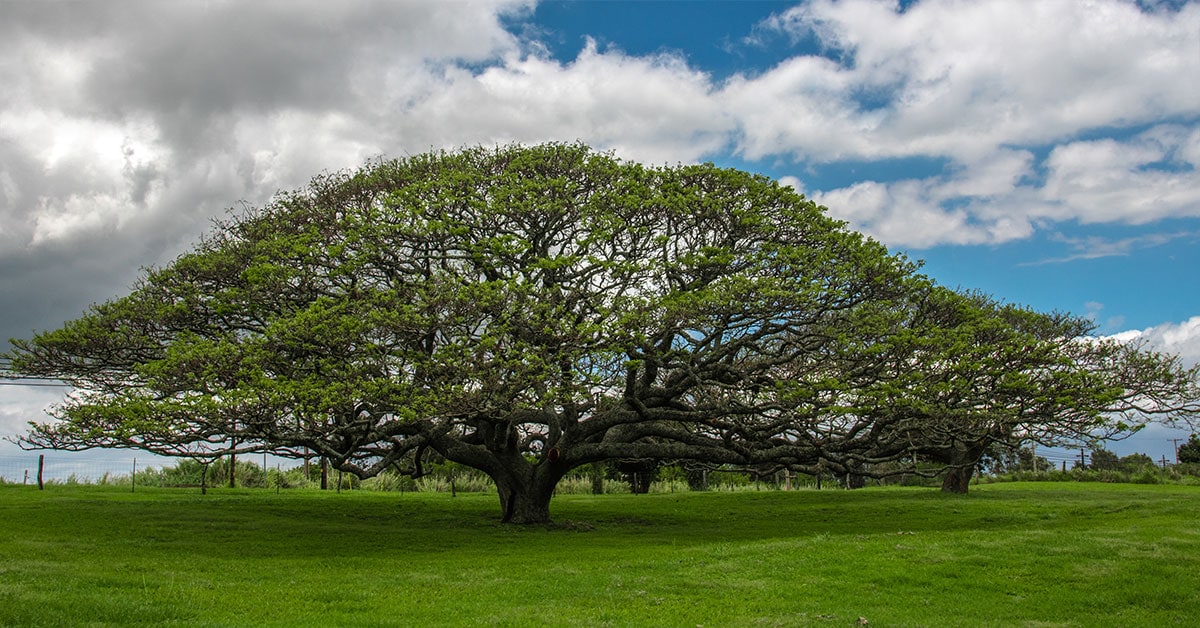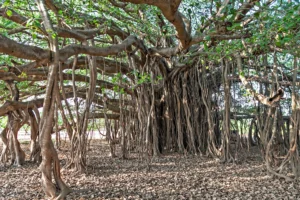NYC Tree Removal Laws – You must Know, before you Remove Tree
Tree removal in New York City (NYC) is governed by several laws and regulations to ensure the preservation of the urban forest, public safety, and compliance with environmental standards. Understanding these laws is crucial for property owners, contractors, and developers to avoid fines, ensure public safety, and maintain NYC’s natural landscape. This article provides an overview of the key laws governing tree removal in NYC, steps to ensure compliance, and helpful tips for navigating the regulations effectively.
Overview of NYC Tree Removal Laws
NYC has specific laws and ordinances regarding the removal, pruning, and protection of trees. These laws are administered by various city departments, including the NYC Department of Parks and Recreation (NYC Parks) and the Department of Buildings (DOB). The goal of these regulations is to manage the city’s tree canopy, protect public safety, and ensure trees are removed or maintained responsibly.
Key NYC Tree Removal Laws and Regulations
1. Street Tree Regulations
NYC law considers any tree that is growing on a public sidewalk, park, street, or right-of-way to be a “street tree.” The removal or any work on street trees is heavily regulated by NYC Parks. Here’s what you need to know:
- Permit Requirement: It is illegal to remove, prune, damage, or plant any street tree without first obtaining a permit from NYC Parks. Unauthorized work on street trees can result in substantial fines and penalties.
- Public Tree Preservation: NYC Parks maintains a tree preservation policy to protect the health and integrity of public trees. Removal is only permitted if the tree is dead, diseased, poses a public safety risk, or must be removed for approved construction purposes.
- Replacement Obligations: If a street tree is removed, NYC may require the planting of a replacement tree as part of the permit approval process, depending on the location and size of the removed tree.
2. Private Property Tree Laws
While private property owners generally have more flexibility in managing their trees, there are certain regulations to follow:
- Protected Trees and Zoning Regulations: Some private property trees are subject to special zoning regulations. For example, properties in areas with environmental protections, historic districts, or waterfront zones may require permits for tree removal.
- Construction and Land Use Regulations: If tree removal is related to construction or development, property owners must comply with both the DOB’s and NYC Parks’ regulations. In some cases, site plans must be submitted to the DOB to evaluate the environmental impact of tree removal.
3. Tree Protection and Pruning Laws
NYC also has regulations for pruning and protecting trees. For street trees, pruning must be done under a permit and by a licensed professional to avoid causing damage. Illegal pruning or “topping” (cutting off large parts of the tree’s canopy) can result in fines and damage to the tree’s health.
When Is Tree Removal Permitted?
While NYC encourages the preservation of trees, there are situations in which removal may be legally permissible:
- Dead, Diseased, or Hazardous Trees: If a tree poses a safety hazard due to disease, decay, or damage from storms, removal may be approved by NYC Parks or the DOB, depending on the tree’s location.
- Construction Projects and Development: For approved construction or development projects that require tree removal, a permit must be obtained from NYC Parks for street trees or the DOB for private property trees under zoning restrictions.
- Emergency Situations: In cases of immediate danger, such as fallen trees after a storm, an emergency removal can be conducted without a permit. However, NYC Parks must be notified as soon as possible.
The Permit Process for Legal Tree Removal
To legally remove a tree in NYC, the following process should be followed:
1. Determine Tree Location and Ownership
- Street Trees: Any tree on public land (sidewalks, parks, or streets) is owned and managed by NYC Parks.
- Private Property Trees: Trees on private property may still require a permit if they fall under special zoning regulations or if the removal is part of a construction project.
2. Apply for a Tree Removal Permit
- For Street Trees: Contact the NYC Parks Forestry Division to apply for a tree work permit. Applications must include the reason for removal, photos of the tree, and any relevant site plans. You can submit the application through the NYC Parks Forestry page.
- For Private Property Trees: If your tree is subject to zoning regulations or construction-related permits, you must apply through the DOB. Check if your tree is protected or located within a special district before proceeding.
3. Work with Certified Professionals
NYC requires that any work involving tree removal or pruning be conducted by a licensed and insured arborist or tree service professional. The city maintains a list of qualified professionals, which can be accessed through the NYC Parks website or by calling 311.
4. Replacement and Replanting Guidelines
If a tree removal permit is granted, NYC may require you to plant a new tree in its place. Alternatively, a fee may be charged to the NYC tree fund to support citywide tree planting initiatives.
Costs, Fines, and Legal Consequences
| Violation | Fine | Other Consequences |
|---|---|---|
| Unauthorized Tree Removal | $500 – $15,000 per tree | Required replanting or contribution to the tree fund |
| Illegal Pruning or Topping | $500 – $2,000 per violation | Potential corrective pruning or tree replacement |
| Damage to Street Trees | $1,000 – $10,000 per incident | Additional civil penalties, replanting fees |
Illegal tree removal can result in not only fines but also additional penalties, including required replanting of multiple trees or compensatory fees to NYC’s tree fund.
Tips for Complying with NYC Tree Laws
- Consult NYC Parks Before Work: If you are unsure whether a permit is required, always contact NYC Parks before doing any work on trees. They can help clarify regulations and permit requirements.
- Work with Licensed Arborists: Always use certified and insured arborists who are familiar with NYC regulations to ensure that your tree work is legal and safe.
- Plan Early for Construction Projects: If you’re undertaking a development or renovation project, consider how trees may be affected early in the planning process to avoid permit delays.
- Respect Tree Protection Zones: During construction, follow all rules about tree protection zones to avoid damaging roots or canopies, which can result in fines or penalties.
Examples of NYC Tree Removal Law in Action
Case 1: Property Renovation in Brooklyn
A homeowner in Brooklyn wanted to renovate their property, which required removing a tree in front of their home. After applying for a tree removal permit through NYC Parks and receiving approval, they were required to plant two new trees in the neighborhood as part of the city’s tree replacement policy.
Case 2: Illegal Pruning in Staten Island
A commercial property owner pruned a street tree without a permit, significantly altering its structure and health. NYC Parks issued a $2,500 fine for the illegal work, and the owner was required to pay additional costs for corrective pruning and to ensure the tree’s health.
Notes
NYC’s tree removal laws are designed to preserve the city’s urban forest while ensuring public safety and responsible land use. Whether dealing with a street tree or a tree on private property, understanding the regulations and obtaining the proper permits are crucial steps to ensure compliance and avoid hefty fines.
For further guidance or to start the permit process, visit:
Following NYC’s tree removal laws helps maintain the city’s natural beauty and ensures a balanced approach to urban development and environmental conservation.

